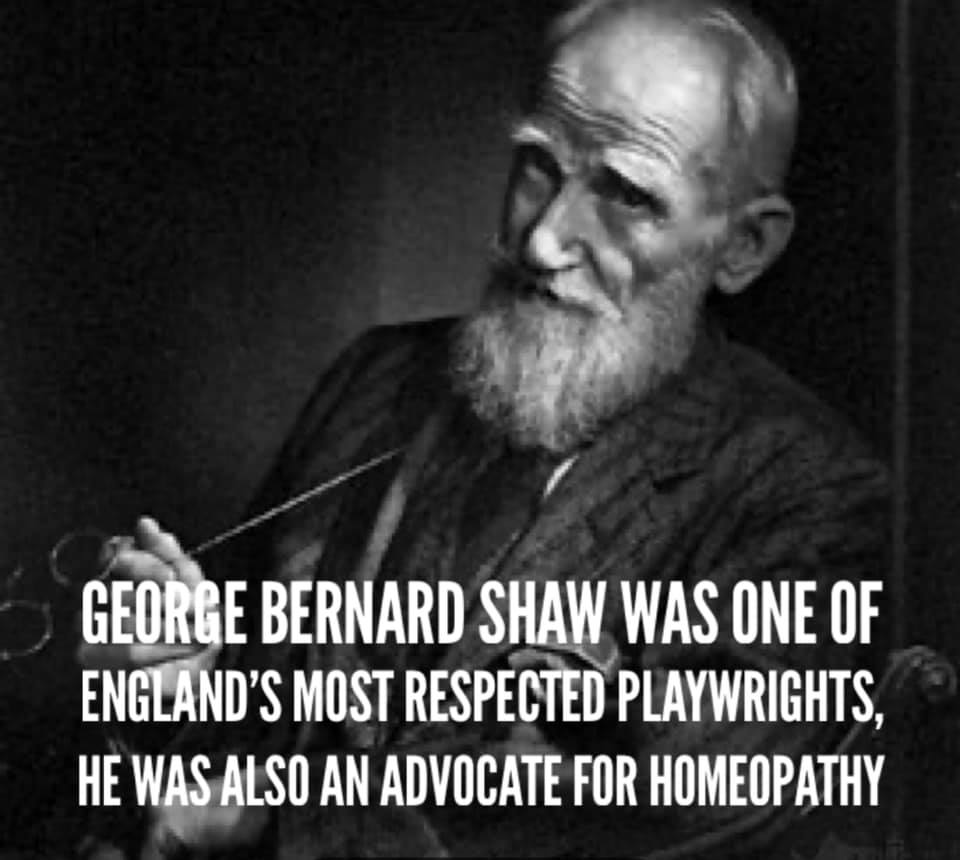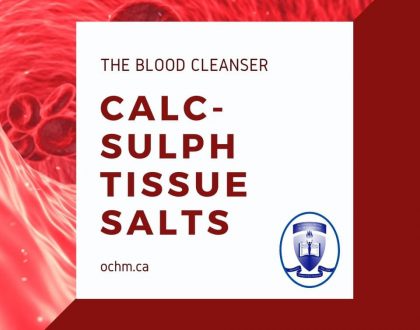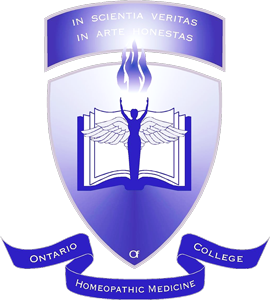George Bernard Shaw

(1856–1950) was one of England’s most respected playwrights. Shaw is the only person ever to have won both a Nobel Prize (Literature in 1925) and an Academy Award (Best Screenplay for Pygmalion in 1938). In his play The Doctor’s Dilemma (1906), Shaw wrote (in the preface): “The test to which all methods of treatment are finally brought is whether they are lucrative to doctors or not. It would be difficult to cite any proposition less obnoxious to science than that advanced by Hahnemann, to wit, that drugs which in large doses produced certain symptoms, counteract them in very small doses, just as in modern practice it is found that a sufficiently small inoculation with typhoid rallies our powers to resist the disease instead of prostrating us with it. But Hahnemann and his followers were frantically persecuted for a century by generationsof apothecary-doctors whose incomes depended on the quantity of drugs they could induce their patients to swallow.”
Shaw goes on to assert that times and things are changing, “Nowadays, however, the more cultivated folk are beginning to be so suspicious of drugs, and…homeopathy has become a way of rehabilitating the trade of prescription compounding, and is consequently coming into professional credit.”
In 1932 Shaw wrote an essay, Doctors’ Delusions, Crude Criminology and Sham Education, which included a story about the homeopathic treatment he received for a hydrocele. This accumulation of fluid around the testicle normally requires surgery, but Shaw experienced a rapid cure without recurrence.
.
Thank you Dana Ullman, MPH for this fabulous information (www.homeopathic.com)
.
@homeopathy_school_in_toronto
Recommended Posts

Exploring the Lesser-Known Aspects of Aethusa Cynapium: Its Relationship with the GI Tract and Animal Lovers
March 27, 2024

Calc-sulph Tissue Salts is considered “the Blood Cleanser”
April 20, 2021

Ferrum Metallicum is a great Homeopathic Remedy for Anemia
April 20, 2021
